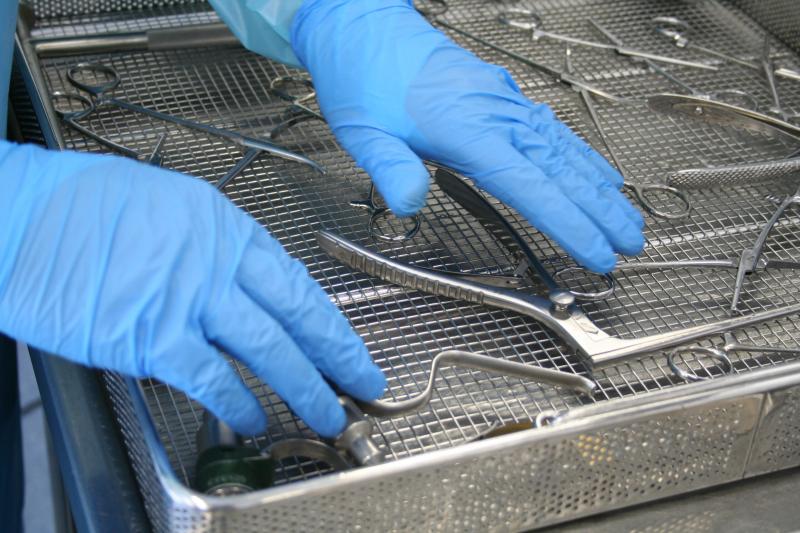Introduction:
Sterilization is a critical process that eliminates or inactivates all forms of microorganisms, including bacteria, viruses, and spores, from equipment, surfaces, and products. The goal of sterilization is to ensure safety, maintain product integrity, and prevent the transmission of infections. Sterilization services are indispensable in various industries, including healthcare, pharmaceuticals, food processing, and manufacturing. In this blog, we will explore the importance of sterilization services, the different methods employed, and their significant impact on public health and product quality.
The Significance of Sterilization Services:
Sterilization services play a vital role in protecting public health by eradicating harmful microorganisms from medical instruments, equipment, and surfaces. In healthcare settings, effective sterilization prevents the transmission of infections, safeguarding both patients and healthcare professionals. Additionally, the pharmaceutical industry relies heavily on sterilization to ensure the safety and efficacy of medications and medical devices.
In food processing, sterilization is employed to extend the shelf life of perishable goods, making them safe for consumption and distribution. In manufacturing, sterilization helps maintain product quality and ensures that items are free from contaminants before reaching consumers.
Methods of Sterilization:
Several methods are used for sterilization, each tailored to the specific requirements of the industry and the items being sterilized. Some of the most common sterilization methods include:
-
Steam Sterilization (Autoclaving): This method uses high-pressure saturated steam to destroy microorganisms. Autoclaves are commonly used in healthcare settings for sterilizing medical instruments, surgical equipment, and laboratory items.
-
Ethylene Oxide (EtO) Sterilization: Ethylene oxide gas is used to sterilize items that cannot withstand high temperatures or moisture, such as certain medical devices and packaging materials.
-
Gamma Irradiation: Gamma rays are highly penetrating and can sterilize items without causing any significant increase in temperature. This method is commonly used for medical supplies, pharmaceuticals, and certain food products.
-
Hydrogen Peroxide Gas Plasma Sterilization: This low-temperature method is suitable for delicate medical equipment and is widely used in healthcare settings.
-
Dry Heat Sterilization: Dry heat is used for items that are sensitive to moisture, such as glassware, powders, and some medical instruments.
Importance of Validation and Regulatory Compliance:
To ensure the effectiveness of sterilization services, validation is an essential aspect of the process. Validation involves verifying that the chosen sterilization method consistently achieves the desired level of microbial reduction. Regulatory authorities, such as the Food and Drug Administration (FDA) and the World Health Organization (WHO), set strict standards and guidelines for sterilization practices in various industries. Compliance with these regulations is crucial to ensure the safety and quality of products and services.
Conclusion:
Sterilization services are an indispensable aspect of various industries, contributing significantly to public health and product quality. By eliminating harmful microorganisms, sterilization prevents infections, protects patients, and ensures the safety of medical devices and pharmaceutical products. Moreover, sterilization helps maintain the integrity of food products and enhances the safety of manufactured goods. Through rigorous validation and adherence to regulatory guidelines, sterilization services continue to be an essential safeguard against microbial contamination, promoting healthier and safer environments for individuals worldwide.
